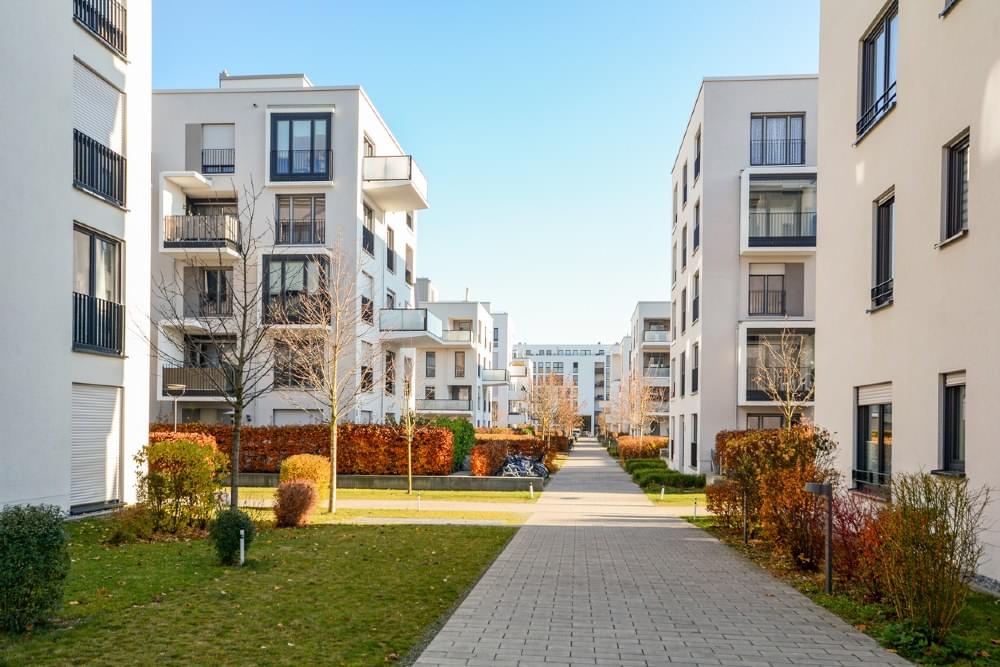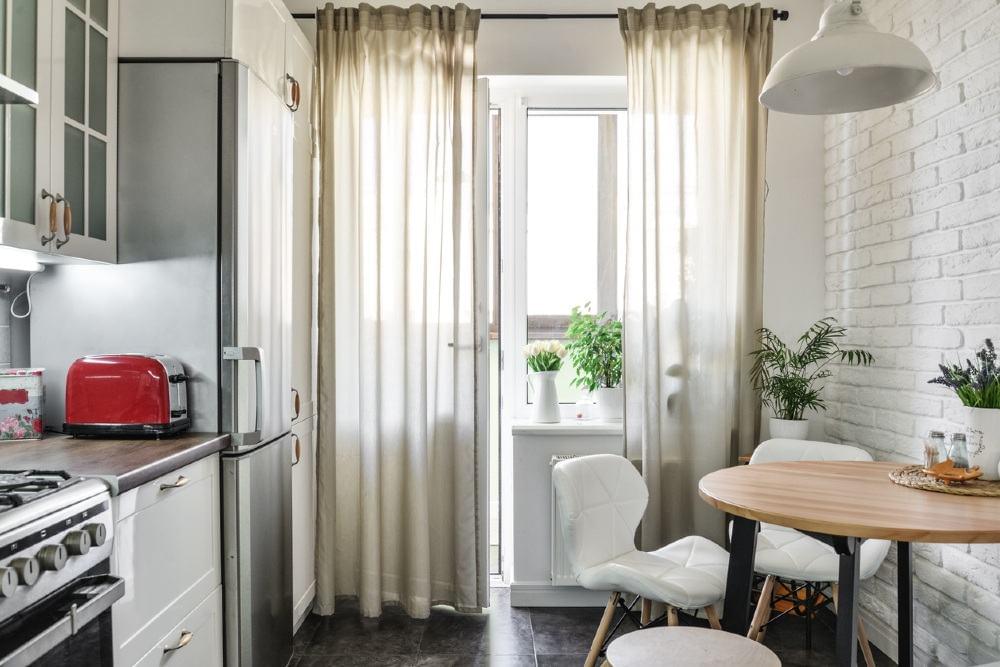Insuring a house or apartment: what's the difference?
When it comes to choosing an insurance policy for your apartment or house, it’s rarely a case of one-size-fits-all. While apartment complexes and houses often exist side-by-side, there are differences in terms of how insurance can apply to them.
So whether you’re a renter or an owner, what are some of the key considerations to keep in mind when looking for the right insurance cover for your needs?
Apartments

Apartment complexes and townhouses typically legally require strata insurance, also called body corporate insurance, which is normally arranged by the body corporate and paid for by the owners of the properties.
As a general rule of thumb, strata insurance covers the physical structure of the apartment complex or other building and any permanent fixtures. It also provides cover for personal liability, in the event people are injured on common property.
Because of this, apartment residents typically would only need to consider contents insurance, rather than a combined home and contents policy. If the apartment is an investment property, you may also choose to consider landlord insurance, as it provides cover for some of the risks associated with renting a property out.
Houses
There is no strata insurance available for houses, so homeowners may want to consider home insurance or combined home and contents insurance to help financially protect them against damage to the structure of their property and the loss or damage to belongings inside it. Again, if it is an investment property, landlord insurance may be worth considering.
"There is no strata insurance for houses, so homeowners may want to consider home insurance or combined home and contents insurance for financial protection"
If you are renting a house, you are only responsible for your own belongings and would therefore be more likely to be better suited to a contents insurance policy.
Types of insurance explained
What is home insurance?
Home insurance is designed to provide a level of financial cover for your property and its permanent fixtures (e.g. toilets, tapware, light fittings and solar panels). This does not include the contents.
Most standard home insurance policies cover a range of insured events or situations, such as fire, storm, earthquake, lightning, vandalism, theft, and malicious damage caused by anyone who does not live at the address. They may also provide legal liability cover should someone suffer an injury or damage to their property caused by an incident at your home.
Some providers may offer accidental damage cover, flood cover as standard with a home insurance policy or as optional extras with an added cost.
What is contents insurance?

Contents insurance provides a level of financial protection for your household possessions and furnishings. This includes things such as furniture, curtains, appliances and white goods, televisions, laptops, clothes, musical instruments and jewellery.
Under a standard contents policy, high-value items, such as artwork or jewellery, may only be covered up to a set limit. If you want to insure these items for their full value then you may want to consider listing them separately on your policy, which will likely increase the premium you pay.
What types of contents insurance are available?
There are typically two main types of contents policies in Australia: those that offer replacement value for your items, and those that offer ‘new-for-old’ cover.
1. Replacement value
Replacement cover will pay for the current value of your items, which typically depreciates over time. In other words, when you make a claim on something like a fridge, the benefit you receive will reflect its current value, and that will usually be less than its original purchase price.
2. New-for-old
The alternative is a new-for-old policy, which provides cover for the full cost of replacing your belongings with new, similar items. The premiums for this type of insurance are usually more expensive than replacement value policies.
Contents insurance policies offer different levels of cover. The most basic level is often referred to as standard contents, which typically covers your possessions if they are lost or damaged through a defined event such as fire, burglary, storm or vandalism.
"The most basic level of contents insurance typically covers the loss or damage of your possessions through a defined event such as fire, buglary, storm or vandalism."
Some policies may also offer accidental damage cover as a standard inclusion or optional extra for belongings that are accidentally damaged, such as spills on carpets or cracked television screens.
Other cover that may be considered optional includes flood cover, motor burnout or portable contents insurance. Check to see if an insurer provides these as standard with a contents policy or if you are required to take it out as additional insurance for an increased premium.
What is home and contents insurance?
Home and contents policies typically provide similar cover as home insurance plus contents insurance, within one bundle. Choosing a combined policy may be more cost-effective than purchasing two separate ones.
However before committing to a combined policy, it’s a good idea to check the product disclosure statement (PDS) for a list of inclusions and exclusions associated with the policy, as well any item value limits, to help determine whether your home and the possessions within it will be adequately covered.
What if you’re renting out your property?

If you rent out your apartment or house, then you may want to consider landlord insurance which can cover home or home and contents (if you have any possessions such as furniture within the property).
It can provide a level of financial protection against theft of your property, malicious damage by your tenants or their visitors, damage caused by natural disasters and even loss of earnings if your tenants fail to pay rent.
What to consider when comparing insurance policies
Whether you decide to take out home insurance, contents insurance, combined home and contents insurance or landlord insurance, it is important to carefully calculate the value of your property and belongings to avoid being underinsured.
If you end up underinsured, it could mean that the policy may not cover the total cost of replacing or repairing your home or belongings should they be lost or damaged.
It may be a good idea to compare policies and to ask for quotes from multiple providers to help find one that suits your needs and budget.
"It's important to carefully calculate the value of your property and belongings to avoid being underinsured"
It is also important to carefully read the policy’s PDS to see what events and items are covered and not covered, whether there are any limits on the amount insured per item, as well as understanding the excess, or the amount you have to pay if you make a claim, that applies.
There are several considerations when it comes to choosing the right policy for your home or apartment. Remember that when it comes to home or contents insurance, it is not simply a matter of ‘set and forget’.
Your insurance should reflect your current needs and possessions, so it is a good idea to review your policy before renewal and compare it with others in the market to ensure you are getting a good deal.
Content supplied by Mitch Watson for Canstar






